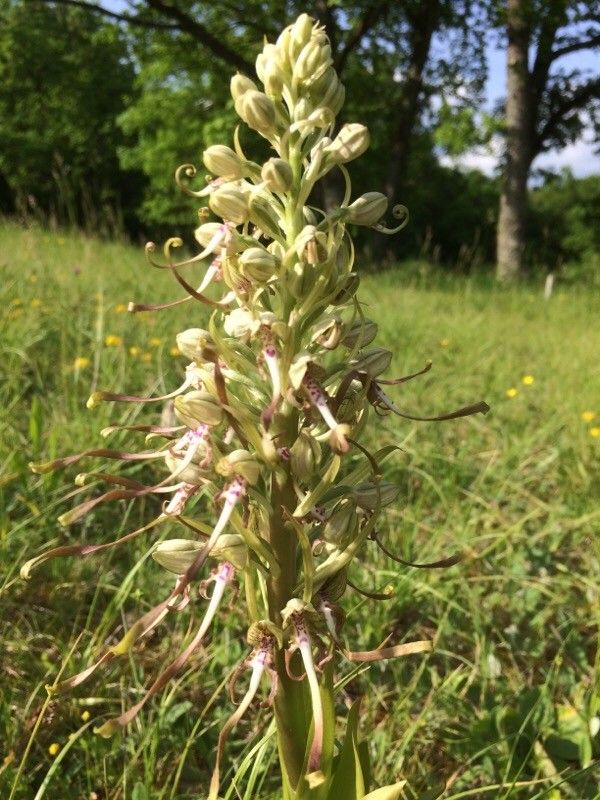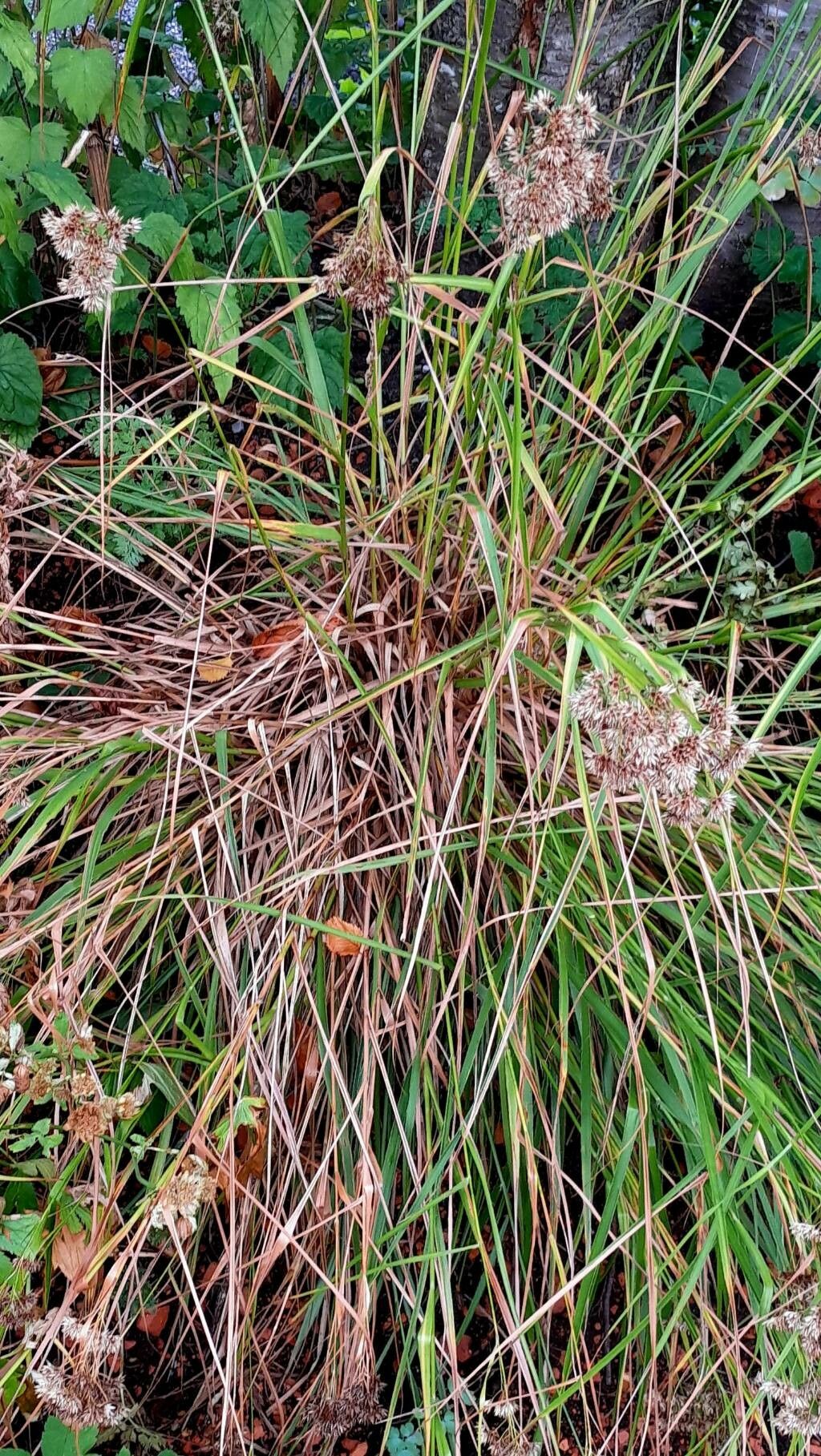## Lizard Orchid: A Captivating Jewel of the Orchid World
The Lizard Orchid, a member of the Orchidaceae family, is renowned for its stunning and unusual blooms. These orchids are highly sought after by collectors and enthusiasts for their unique appearance and the challenges involved in their cultivation. While the exact species within the broader *Ophrys* genus (often used in the common name) will affect specific growing conditions, this guide provides general information for successful cultivation.
### Habitat and Growth
Lizard Orchids are typically found in diverse habitats depending on the specific species, ranging from grasslands and meadows to woodlands and even rocky outcrops. Many species are native to Mediterranean regions, known for their warm, dry summers and mild, wet winters. Understanding their native environment is key to successful cultivation. They are often found growing in well-drained soils, frequently in association with specific mycorrhizal fungi, highlighting the importance of soil composition and micro-organisms.
### Light and Temperature
These orchids generally prefer dappled sunlight. Avoid direct, intense sunlight, which can scorch their leaves. Optimal light conditions mimic their natural environment: bright but filtered light. Regarding temperature, Lizard Orchids thrive in moderate temperatures. They prefer cooler nights compared to daytime temperatures, mirroring seasonal changes in their natural habitats. Avoid extreme temperature fluctuations, as this can stress the plant.
### Soil Needs and Watering
The soil should be well-draining and rich in organic matter. A mix of orchid bark, perlite, and sphagnum moss often works well. Avoid heavy clay soils that retain too much moisture, which can lead to root rot. Watering should be moderate; allow the soil to dry slightly between waterings. Overwatering is a common cause of failure with these orchids. Adjust watering frequency based on the season and environmental conditions.
### Propagation and Care
Propagation is often best left to experts due to the specialized requirements of orchid propagation. However, careful seed sowing (requiring specific mycorrhizal partners) and division of established clumps are sometimes possible. Regular inspection for pests and diseases is crucial. Quick action is needed if any issues arise to prevent the spread of problems.
### Unique Characteristics
The name "Lizard Orchid" refers to the flower's remarkable resemblance to a lizard, often with intricate patterns and colors designed to attract pollinators through mimicry. This sophisticated pollination strategy is a fascinating aspect of their natural history. Different species exhibit unique variations in their lizard-like flower structures, adding to their appeal.
### Conclusion
Cultivating Lizard Orchids can be a rewarding but challenging experience. By understanding their specific needs in terms of light, temperature, soil, and watering, you can increase your chances of success. Remember, patience and observation are key to nurturing these exquisite plants and appreciating their unique beauty. Always refer to the specific requirements of the specific Lizard Orchid species you have acquired.
Lizard Orchid: Stunning Blooms & Growing Guide

Frequently Asked Questions
How to grow a lizard orchid?
Grow lizard orchids in well-draining soil with dappled sunlight, moderate watering, and cooler night temperatures. Mimic their native habitat for best results.
What are the care requirements for a lizard orchid?
Key care includes providing well-draining soil, moderate watering (avoid overwatering), bright indirect light, and moderate temperatures with cooler nights. Regular pest and disease checks are essential.


